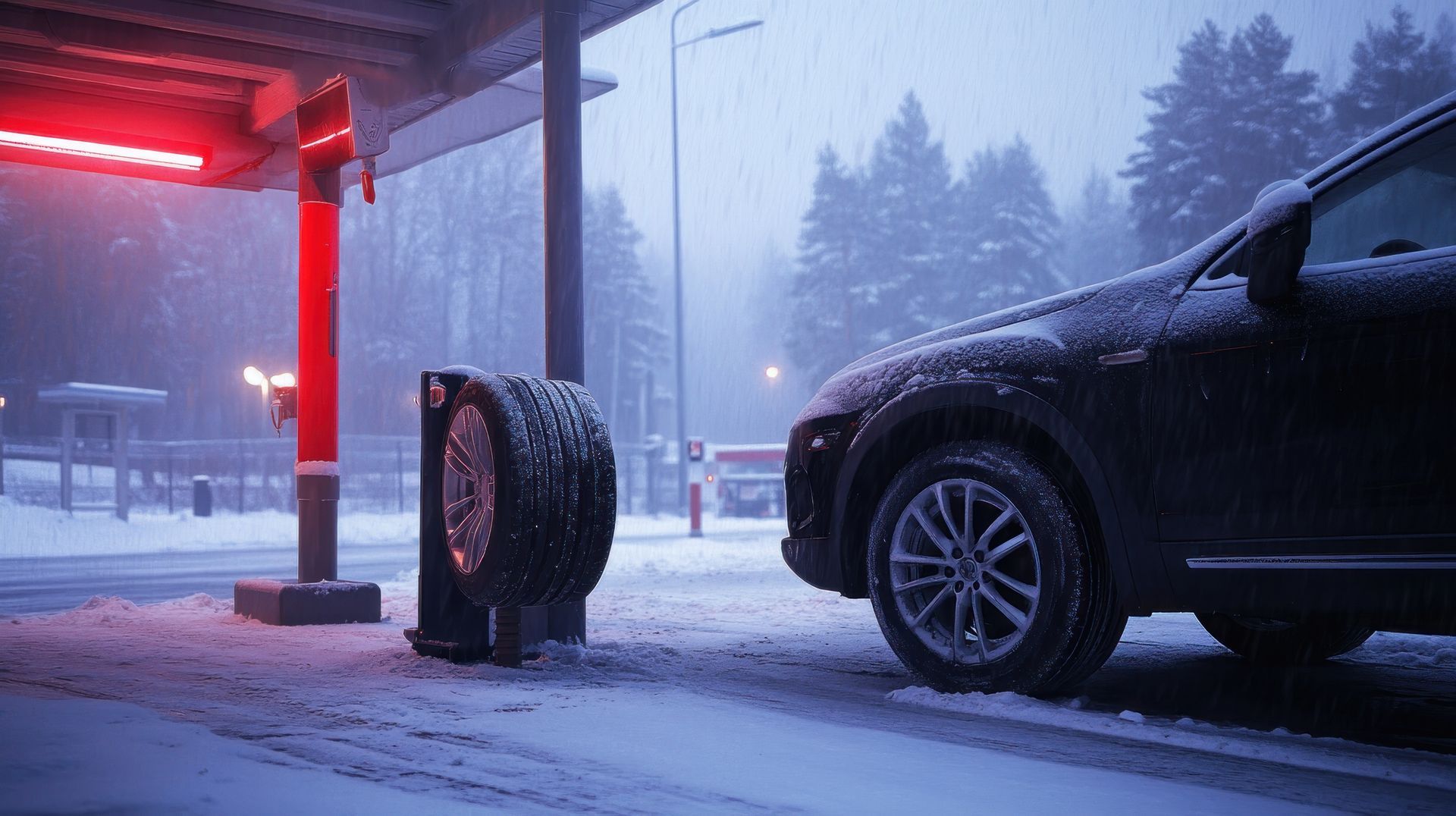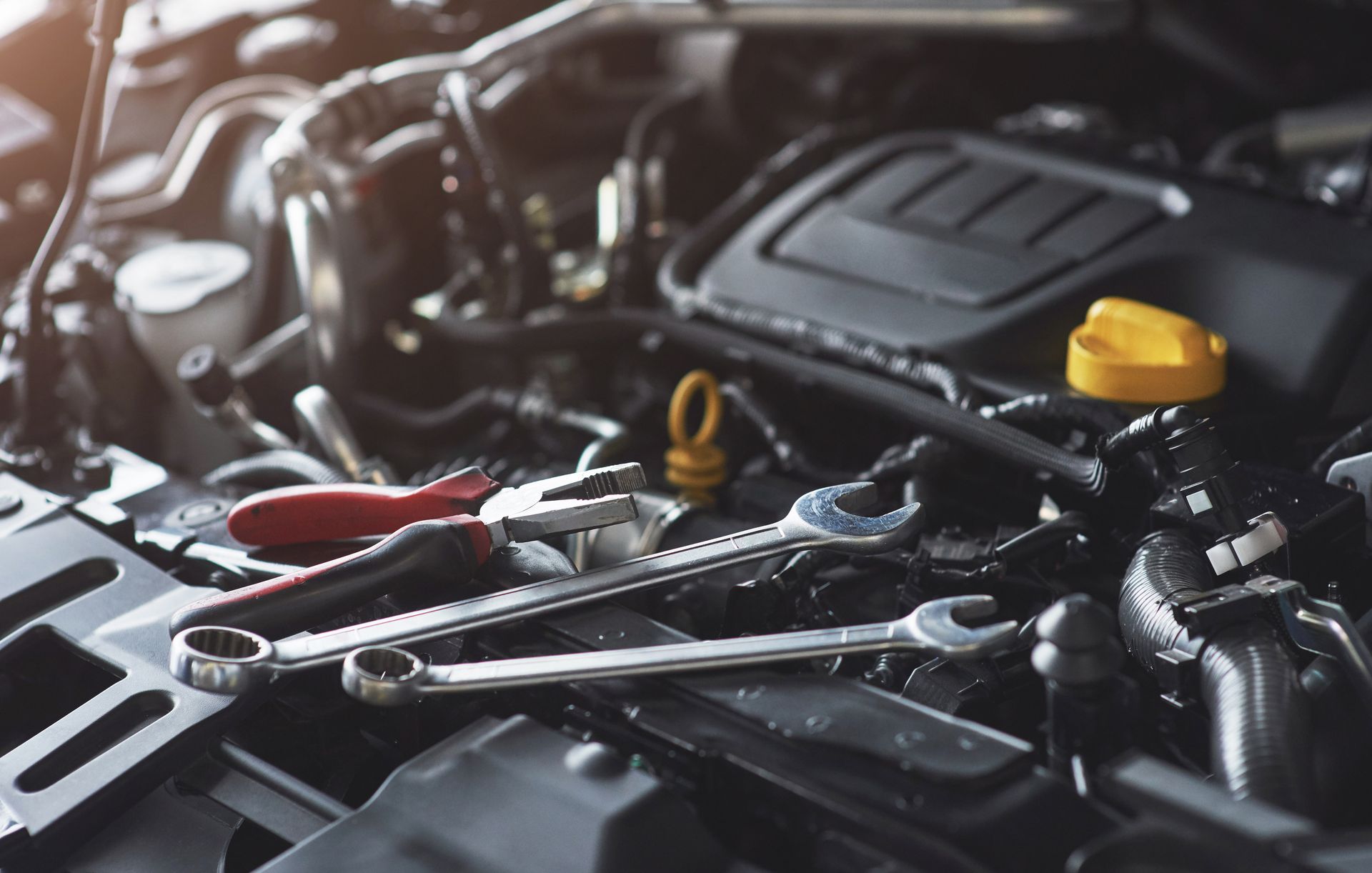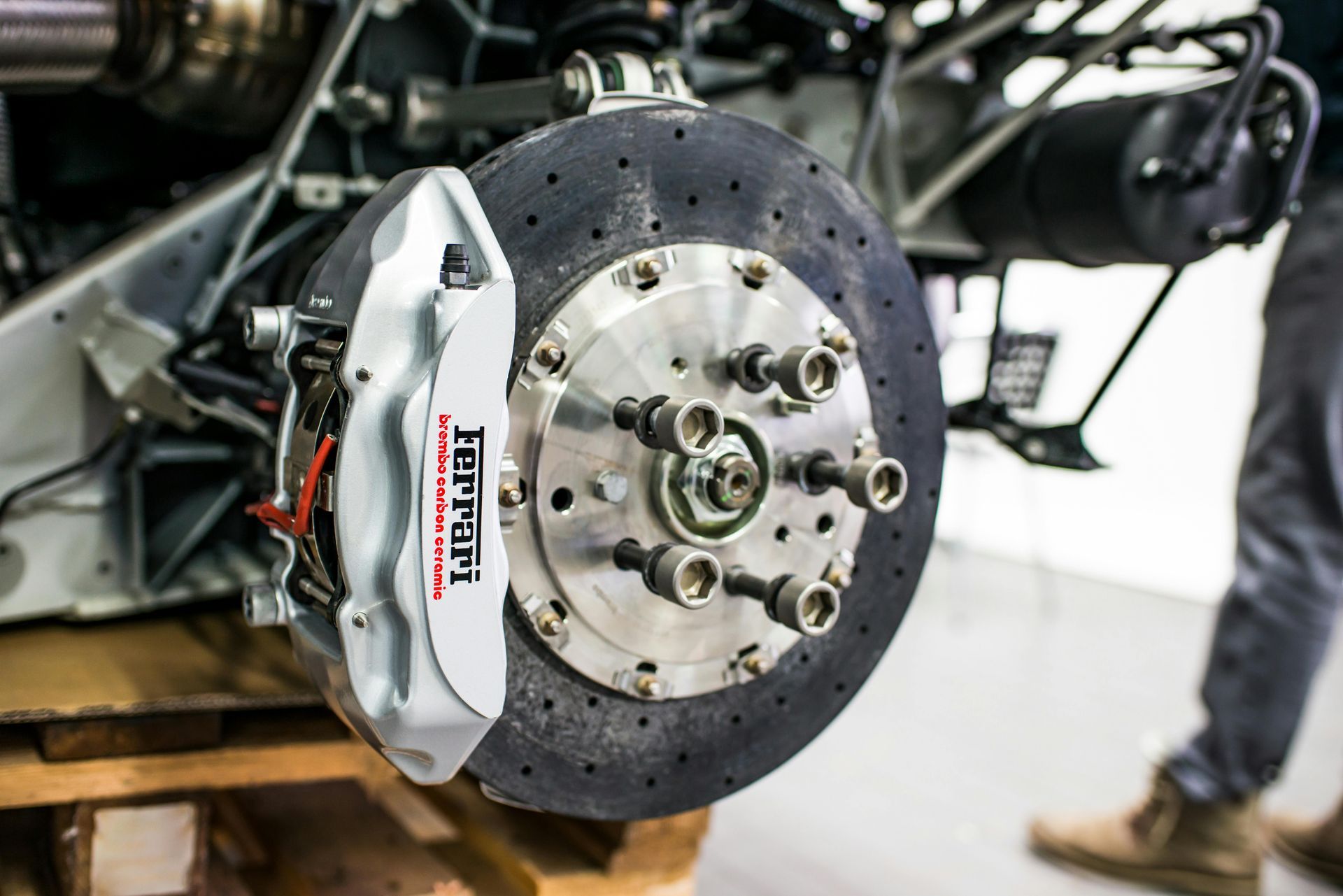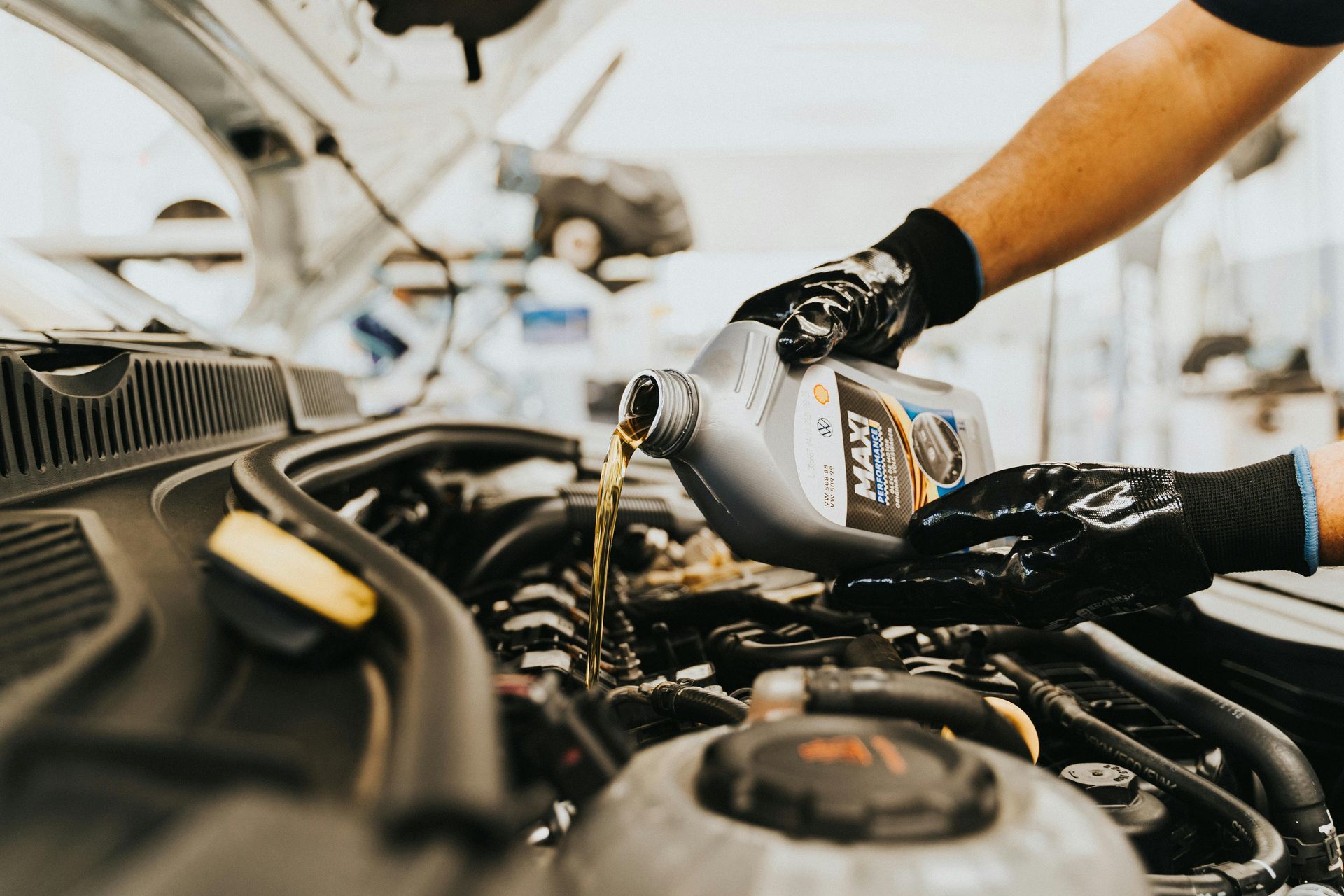Our Blog
Discover expert wheel alignment services at STR Automotive in Mooresville, NC. Enhance your vehicle's performance. Schedule an online appointment now!
Stay cool in Mooresville, NC, with expert air conditioning repair by STR Automotive. Your comfort is our mission. Schedule an online appointment now!








